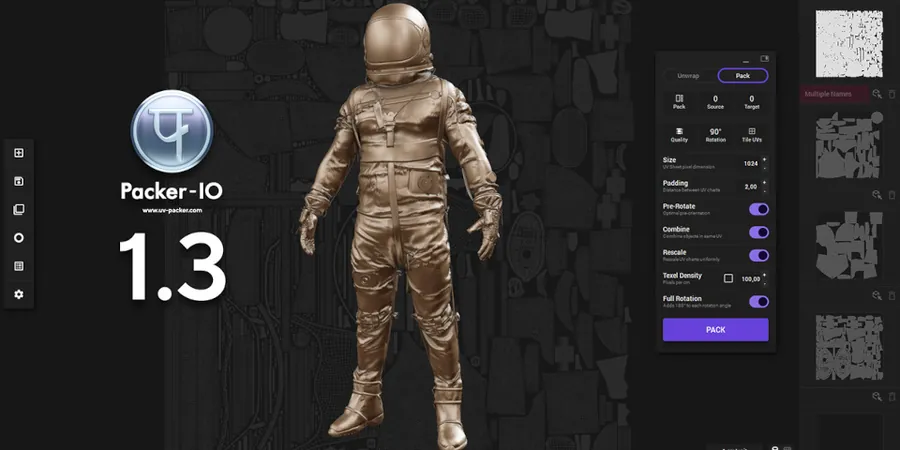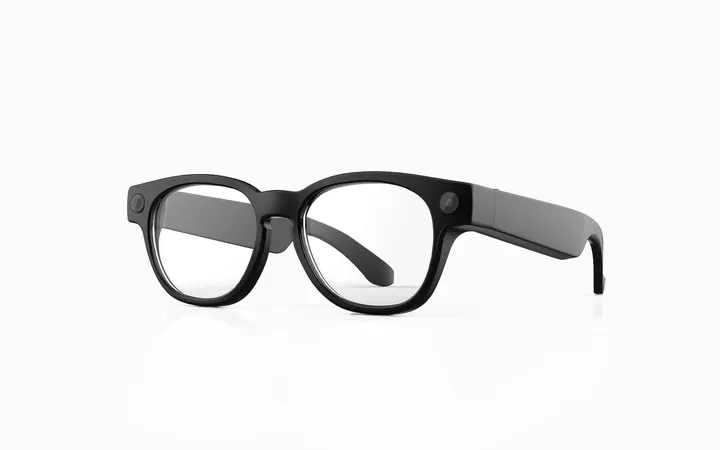
Revolutionizing Communication: UBC Unveils Blueprint for Quantum Networks' Universal Translator
2025-06-19
Author: Jacques
A Breakthrough in Quantum Networking
University of British Columbia (UBC) researchers are set to change the game in quantum networking with a groundbreaking proposal: a device capable of seamlessly "translating" microwave signals into optical signals and back again. Imagine a universal translator for quantum computers that allows them to communicate effortlessly over vast distances, all while maintaining staggering conversion rates of up to 95% accuracy without noise!
The Magic of Quantum Connectivity
As study lead Mohammad Khalifa puts it, this innovative technology acts as a near-perfect translator, preserving the message's integrity while eliminating unwanted interference. Khalifa, who developed the concept during his PhD work at UBC’s faculty of applied science and the Blusson Quantum Matter Institute, emphasizes the critical importance of this breakthrough. "This device ensures that quantum connections between distant particles are preserved and can work in both directions. Without it, we’d simply have isolated, costly quantum computers. With this technology, we’re on the path to establishing a true quantum network."
Decoding the Mechanics
Quantum computers rely on processing information through microwave signals. To relay that information across long distances—be it through cities or around the globe—these signals need conversion into optical formats that can traverse fiber optic cables. However, this transition poses a unique challenge, as even the slightest disturbance can obliterate the sensitive quantum information.
This phenomenon ties back to entanglement, where pairs of particles remain intertwined regardless of the distance separating them, a concept Einstein described as "spooky action at a distance." Losing this connection means losing the essential advantage that quantum computing offers. Fortunately, the UBC device could pave the way for preserving these entangled states during long-distance communication.
Innovation on a Silicon Chip
At the heart of this innovation is a microwave-optical photon converter that can be fabricated on a silicon wafer—a material familiar in the tech world. The breakthrough lies in tiny engineered imperfections—magnetic defects intentionally embedded in the silicon—which skillfully manage the material's properties. When these microwave and optical signals are expertly calibrated, the electrons in these defects facilitate the transformation without energy loss, sidestepping common issues encountered in other methods.
Moreover, this device operates efficiently at extremely low power levels, requiring only millionths of a watt to function. The researchers have proposed a practical design utilizing superconducting components, enabling a perfect conductive environment alongside the specially designed silicon.
Looking Ahead: The Future of Quantum Networking
While this research is still in the theoretical stage, it represents a substantial leap forward for quantum networking. Senior author Dr. Joseph Salfi, an assistant professor at UBC Blusson QMI, stresses, "We’re not going to see a quantum internet tomorrow, but this clears a significant roadblock. The challenge of reliably transmitting quantum information between cities has been daunting, and our approach could revolutionize that landscape."
What does the future hold? With silicon-based converters developed using existing chip fabrication techniques, the potential integration into today's communication infrastructure is promising. Ultimately, these advancements could lead to virtually unbreakable online security, enhanced indoor GPS capabilities, and revolutionary breakthroughs in areas like medicine and meteorology.









 Brasil (PT)
Brasil (PT)
 Canada (EN)
Canada (EN)
 Chile (ES)
Chile (ES)
 Česko (CS)
Česko (CS)
 대한민국 (KO)
대한민국 (KO)
 España (ES)
España (ES)
 France (FR)
France (FR)
 Hong Kong (EN)
Hong Kong (EN)
 Italia (IT)
Italia (IT)
 日本 (JA)
日本 (JA)
 Magyarország (HU)
Magyarország (HU)
 Norge (NO)
Norge (NO)
 Polska (PL)
Polska (PL)
 Schweiz (DE)
Schweiz (DE)
 Singapore (EN)
Singapore (EN)
 Sverige (SV)
Sverige (SV)
 Suomi (FI)
Suomi (FI)
 Türkiye (TR)
Türkiye (TR)
 الإمارات العربية المتحدة (AR)
الإمارات العربية المتحدة (AR)